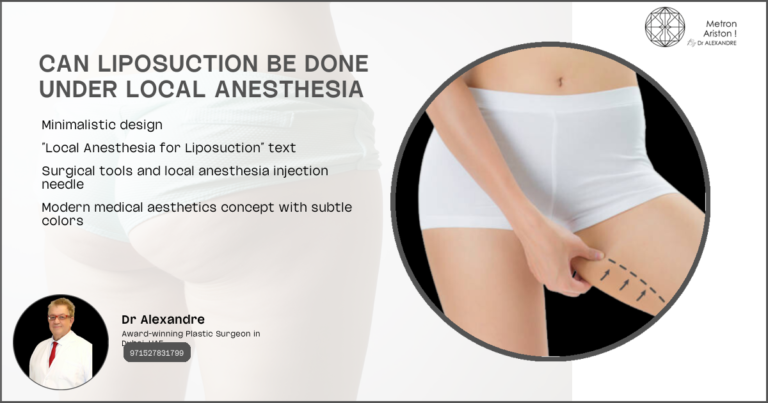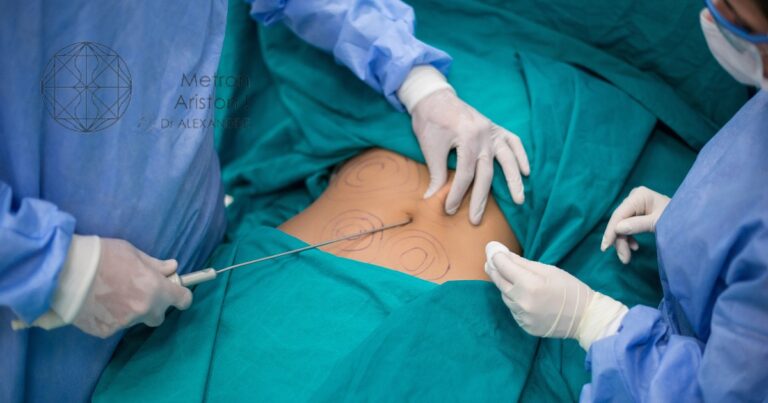Can Liposuction Help Diabetes
Liposuction is a popular cosmetic procedure aimed at removing excess fat from specific areas of the body. But can liposuction help diabetes, can liposuction help with diabetes, or does liposuction help diabetes in any way? This question has intrigued both medical professionals and patients alike. While liposuction is not a treatment for diabetes, it may have indirect benefits for those managing the condition. Understanding these potential benefits requires a closer look at the relationship between fat removal and diabetes management.
Understanding the potential benefits
Liposuction primarily targets subcutaneous fat, which is the fat located just beneath the skin. While this type of fat is not directly linked to diabetes, reducing overall body fat can contribute to better health outcomes. By decreasing the body’s fat stores, liposuction may help improve insulin sensitivity, which is crucial for managing diabetes effectively.
- Liposuction targets subcutaneous fat, not visceral fat.
- Reducing overall body fat can improve insulin sensitivity.
- Improved insulin sensitivity aids in better diabetes management.
Research on liposuction and diabetes management
Recent studies have explored the potential link between liposuction and diabetes management. Although liposuction is not a cure for diabetes, some research suggests that it may lead to metabolic improvements. For instance, a study published in the New England Journal of Medicine found that patients who underwent liposuction experienced a 20% reduction in insulin resistance. This finding indicates that liposuction might play a supportive role in diabetes management.
- Liposuction is not a cure for diabetes.
- Some studies show metabolic improvements post-liposuction.
- A 20% reduction in insulin resistance was observed in some patients.
The link between abdominal fat and type 2 diabetes
Abdominal fat, particularly visceral fat, is closely linked to type 2 diabetes. Visceral fat surrounds internal organs and is known to affect metabolic processes negatively. Understanding the connection between abdominal fat and diabetes is essential for exploring how fat removal might impact diabetes risk.
How visceral fat affects insulin sensitivity
Visceral fat is more metabolically active than subcutaneous fat, releasing fatty acids and inflammatory markers that can impair insulin sensitivity. This impairment can lead to insulin resistance, a precursor to type 2 diabetes. By understanding how visceral fat affects insulin sensitivity, we can better appreciate the potential impact of fat removal on diabetes risk.
- Visceral fat releases harmful substances affecting insulin sensitivity.
- Impaired insulin sensitivity can lead to insulin resistance.
- Insulin resistance is a precursor to type 2 diabetes.
Potential impact of fat removal on diabetes risk
While liposuction primarily removes subcutaneous fat, reducing overall body fat can still have positive effects on diabetes risk. By decreasing the body’s fat stores, liposuction may help improve metabolic health and reduce the risk of developing type 2 diabetes. However, it’s important to note that liposuction should not replace traditional diabetes management strategies.
- Liposuction reduces overall body fat, not just visceral fat.
- Improved metabolic health can lower diabetes risk.
- Liposuction should complement, not replace, diabetes management.
Liposuction and metabolic improvements
Liposuction’s impact on metabolic health is a topic of ongoing research. While it is not a direct treatment for diabetes, some studies suggest that it may lead to improvements in blood sugar levels and insulin resistance.
Effects on blood sugar levels
Liposuction may contribute to better blood sugar control by reducing overall body fat. While the procedure itself does not directly lower blood sugar levels, the resulting decrease in fat stores can lead to improved insulin sensitivity, which in turn helps regulate blood sugar levels more effectively.
- Liposuction reduces overall body fat.
- Improved insulin sensitivity aids in blood sugar regulation.
- Better blood sugar control supports diabetes management.
Changes in insulin resistance
Insulin resistance is a significant factor in the development and management of type 2 diabetes. By reducing body fat, liposuction may help decrease insulin resistance, making it easier for the body to use insulin effectively. This change can lead to better diabetes management and potentially reduce the need for medication.
- Liposuction may decrease insulin resistance.
- Improved insulin use aids in diabetes management.
- Reduced need for medication may result from better insulin sensitivity.
Alternative treatments for managing diabetes
While liposuction may offer some benefits, it is not a substitute for traditional diabetes management strategies. Patients should continue to focus on lifestyle modifications and medical treatments to manage their condition effectively.
Lifestyle modifications
Lifestyle changes, such as adopting a healthy diet and engaging in regular physical activity, are crucial for managing diabetes. These modifications can help improve insulin sensitivity, regulate blood sugar levels, and reduce the risk of complications.
- Healthy diet and regular exercise are essential.
- Lifestyle changes improve insulin sensitivity.
- Reduced risk of complications with proper management.
Medications and insulin therapy
For many diabetic patients, medications and insulin therapy are necessary components of their treatment plan. These treatments help regulate blood sugar levels and manage the condition effectively. Patients should work closely with their healthcare provider to determine the best medication regimen for their needs.
- Medications and insulin therapy are vital for many patients.
- Treatments help regulate blood sugar levels.
- Collaboration with healthcare providers ensures effective management.
Long-term effects of liposuction on diabetes management
While liposuction may offer some short-term benefits for diabetes management, it is essential to consider the long-term effects and sustainability of these improvements.
Sustainability of metabolic improvements
The metabolic improvements observed after liposuction may not be permanent. Patients must continue to maintain a healthy lifestyle to sustain these benefits. Regular exercise and a balanced diet are crucial for long-term diabetes management.
- Metabolic improvements may not be permanent.
- Healthy lifestyle maintenance is essential.
- Regular exercise and balanced diet support long-term management.
Need for ongoing lifestyle changes
To maximize the benefits of liposuction, patients should commit to ongoing lifestyle changes. These changes include maintaining a healthy weight, engaging in regular physical activity, and following a balanced diet. Consistent efforts are necessary to manage diabetes effectively.
- Ongoing lifestyle changes are crucial for success.
- Healthy weight maintenance supports diabetes management.
- Consistent efforts are necessary for effective management.
Combining liposuction with other diabetes treatments
Integrating liposuction with other diabetes treatments can offer a comprehensive approach to managing the condition. By combining surgical and non-surgical methods, patients can achieve better health outcomes.
Integrating surgical and non-surgical approaches
Combining liposuction with traditional diabetes treatments, such as medications and lifestyle changes, can enhance overall health. This integrated approach allows patients to address multiple aspects of their condition and improve their quality of life.
- Combining liposuction with traditional treatments enhances health.
- The integrated approach addresses multiple aspects of diabetes.
- Improved quality of life with comprehensive management.
Personalized treatment plans by Dr. Alexandre
Dr. Alexandre can help develop personalized treatment plans that incorporate liposuction and other diabetes management strategies. By tailoring the approach to each patient’s unique needs, Dr. Alexandre ensures optimal outcomes and improved health. Liposuction diabetes benefits can help remove fat from the body which may improve how the body uses insulin Some studies show that this can lead to better blood sugar control in people with diabetes Liposuction hypertension impact Removing fat through liposuction may help lower high blood pressure in some people
Lipid surgery outcomes show how well fat removal operations work Doctors check if patients lose weight and look better after Liposuction cellulite inefficacy means that removing fat through liposuction doesn’t really help get rid of cellulite Doctors say
Liposuction fitness consequences Removing fat through surgery does not improve overall fitness people still need to exercise and eat healthy to maintain results and stay in shape Chin lipo beverages are special drinks that claim to help reduce fat under the chin These drinks are marketed as a way to get a slimmer jawline without surgery
UAE cosmetic surgery offers advanced beauty treatments to enhance appearance People visit Liposuction scars fade over time as your body heals The small marks from the procedure become less noticeable with proper care
- Personalized treatment plans ensure optimal outcomes.
- The tailored approach addresses unique patient needs.
- Improved health with comprehensive management.
Preparing for liposuction as a diabetic patient
Proper preparation is essential for diabetic patients considering liposuction. By understanding the necessary steps and precautions, patients can ensure a safe and successful procedure.
Pre-operative considerations
Before undergoing liposuction, diabetic patients should take several pre-operative considerations into account. These include assessing their overall health, managing blood sugar levels, and discussing potential risks with their healthcare provider.
- Assess overall health before the procedure.
- Manage blood sugar levels effectively.
- Discuss potential risks with the healthcare provider.
Post-operative care and follow-up
Post-operative care and follow-up are crucial for ensuring a successful recovery after liposuction. Diabetic patients should closely monitor their blood sugar levels, follow their healthcare provider’s instructions, and attend follow-up appointments to ensure optimal outcomes.
- Monitor blood sugar levels closely post-surgery.
- Follow the healthcare provider’s instructions for recovery.
- Attend follow-up appointments for optimal outcomes.859
FAQ’s
Can liposuction reverse diabetes
Liposuction cannot reverse diabetes. While it may offer some metabolic benefits, it is not a cure for the condition. Patients should continue to follow their prescribed treatment plan and make necessary lifestyle changes to manage their diabetes effectively.
Does liposuction reduce insulin resistance?
Liposuction may help reduce insulin resistance by decreasing overall body fat. This reduction can lead to improved insulin sensitivity, which is beneficial for diabetes management. However, it should not replace traditional diabetes treatments.
Is liposuction safe for diabetics?
Liposuction can be safe for diabetics if proper precautions are taken. Patients should consult with their healthcare provider to assess their overall health and determine if the procedure is suitable for them. A personalized treatment plan can help minimize risks and ensure a successful outcome.








